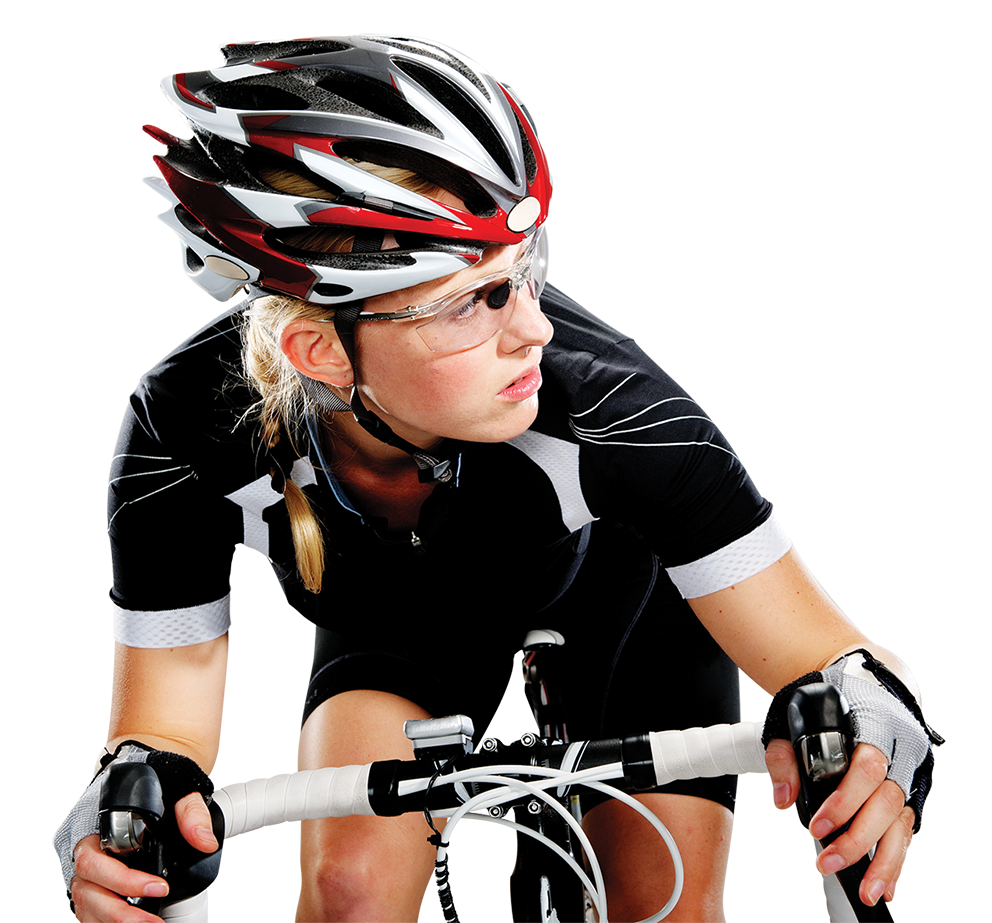Pilates for Cyclists - understanding the benefits
Cycling is one of the fastest growing leisure activities in many areas of the world.
Over the last 5 years regular cycling has increased by over 200,000 participants on average in the UK (regular means more than once per week) (British cycling 2017.) These figures are replicated in countries all over the world. Indeed, many governments now have bikes available for rent to entice people to cycle more than drive in an attempt to reduce the effect of harmful gases to the environment. This increase in participation has led to a greater understanding of both the benefits and the risks of cycling.
What are these risks?
Recent reports have outlined that 85% of cyclists have reported one or more overuse injuries. Approximately 48% are reported as neck injuries and 42 % as knee pain. Sanner & O’Halloran (2000).
Further reports suggest that recreational cyclists have reported the following figures in relation to the injuries linked to cycling on a regular basis:
- knee injuries 24% - 62%
- lower back pain 3% to 31%
- neck pain 3% to 66%
And that Elite Cyclists have reported an annual prevalence of:
- lower back pain 58%
- anterior knee pain 36%
- Clarsen et al (2010)
The question is, therefore, why is this popular, non-impact and cardiovascular positive exercise form causing injuries to so many participants?
It is widely believed in the cycling and triathlon world that a large part of this is due to poor bike set up, biomechanics, posture on the bike or poor training loads. If we look at the above issues of Low Back Pain (LBP) and knee pain we can see some easily addressed inadequacies that lead to injury. Van Hoof et al (2011) suggest that cyclists that complain of low back pain effectively ride in a rounded lower spine position. Burnett et al (2004) showed greater lumbar flexion and rotation in LBP group which leads to reduced pelvic flexion and consequently reduced co-contraction of the lumbar multifidus muscle. Therefore, if we had an exercise program that work on spinal postural awareness, mobility and inner core activation then we could begin to address some of these issues. In relation to knee pain Clarsen et al (2010) reports that >80% of cyclists presenting with Patellofemoral pain (PFP) showed abnormal mediolateral deviation of the knee during downstroke of pedalling and excessive side-to-side swinging of the knee during down stroke, as the knee underwent extension. Once again this is effectively a poor biomechanical movement pattern that can be re-taught and corrected.
One way that all clinicians can assist clients immediately is by understanding the basics of bike set up. Take a look at the video below to hear my brief review of bike fit analysis:
So, now that we know that the activity of cycling is an extremely popular one, but that there is risk of injury associated with it let us now think about how Pilates can assist to prevent these injuries and assist a client to be move comfortable and more efficient on the bike.
By understanding where the majority of issue with cycling related injuries lie a well-trained Pilates teacher can begin to generate an appropriate Pilates program for the cyclists. The general aims of a targeted Pilates program for the cyclist should be:
- Improve body awareness and position sense
- Improve mobility and flexibility to increase comfort and efficiency on the bike:
- legs (longer hamstrings/powerful glutes)
- hips (strong hip flexors but not tight)
- back (free from the hamstring pull)
- neck (mobility from scapula stability)
- Balance the issues of muscle shortening that can be caused by long periods on the bike.
- Improve core and pelvic control to improve efficiency
A quick example of this is these 3 key Pilates exercises for mobility and flexibility:

In this sequence, we are using cobra (pic 1) to increase thoracic extension, thread the needle for thoracic mobility and an adapted downward dog for hamstring flexibility and lumbar mobility. If this is used a mobility warm up and then combined with a range of well-known Pilates exercise for improved scapula stability to control the shoulder position, core strength to ensure stability on the bike, and a range of hip and lead strengthening exercises then a tailored program can be delivered very quickly.
